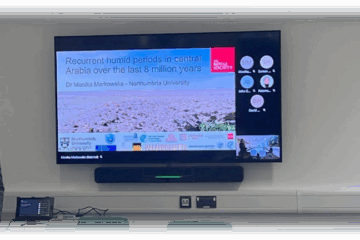Article by Hannah Gunter:
In May of this year, I undertook 8 weeks of fieldwork in Northern India to provide data for my PhD thesis. My focus is on using field-deployable fluorescence sensors to record information on water quality in real-time, with a particular focus on the use of fluorescence to detect E. coli and potential faecal pollution in water. I use a field-deployable Proteus multi-parameter water quality sensor, which includes two fluorescence sensors and a suite of physicochemical sensors.
The interest in Northern India was focused on the groundwater springs which occur throughout the region. These springs are used for both potable and household supplies. The primary aim was to validate the use of fluorescence as a method of detecting E. coli in environmental waters. The secondary aim was focused on further understanding the contamination pathways in groundwater springs based on both fluorescence signals and the more general physicochemical water quality parameters. Collecting fluorescence data in a very colourful spring in Nathuakhan.
In 8 weeks, I managed to collect data on 56 different sites spanning 4 geographical regions in Uttarakhand, across the lesser and middle Himalaya. We were able to set-up a mobile laboratory which could be operated out of our accommodation allowing us to do overnight bacteria culturing, so every sample had both fluorescence and bacterial culture data. The use of a method to validate fluorescence is a key topic of discussion in the development of the technology and the use of the grant has allowed a robust dataset to investigate just that. The sites sampled spans a wide variety of underlying geologies and land use with the potential to use the data collected to understand more about pollution pathways and how pollution moves through the landscape.
The richness of this dataset would not have been achievable had it not been for the DARO grant which funded the entire trip and I want to extend my deepest gratitude to those that made it possible. This has resulted in a unique dataset covering an extensive geographical region which will provide a fresh perspective on the quality and contamination of groundwater springs in the lesser and middle Himalaya.



0 Comments